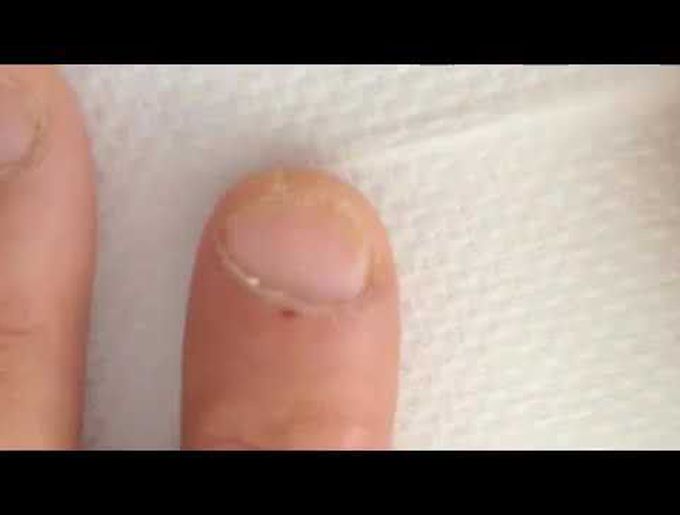


Quincke's Pulse
A 34-year-old man presented with a 6-to-8-week history of fatigue, malaise, fevers, and night sweats. He had a history of a congenital quadricuspid aortic valve and 16 years earlier had undergone a Ross procedure (during which the aortic valve was replaced by a pulmonary autograft and the pulmonary valve was replaced by a pulmonary homograft). On examination, the temperature was 39.2°C and the blood pressure 130/50 mm Hg. A grade 3/4 diastolic murmur was heard over the base of the heart. Alternating flushing and blanching of the nail beds of several fingers in concert with the cardiac cycle, known as Quincke's pulse, was easily visualized (see video). Transthoracic echocardiography confirmed severe insufficiency of the pulmonary autograft and homograft in association with vegetations. Blood cultures grew Streptococcus milleri. The patient underwent replacement of both grafts. Quincke's pulse is a physical finding of severe and chronic aortic insufficiency. Regurgitant blood flow into a dilated left ventricle during diastole leads to a decrease in diastolic pressure and a consequent increase in stroke volume, resulting in blanching and flushing, respectively, of the nail bed.

